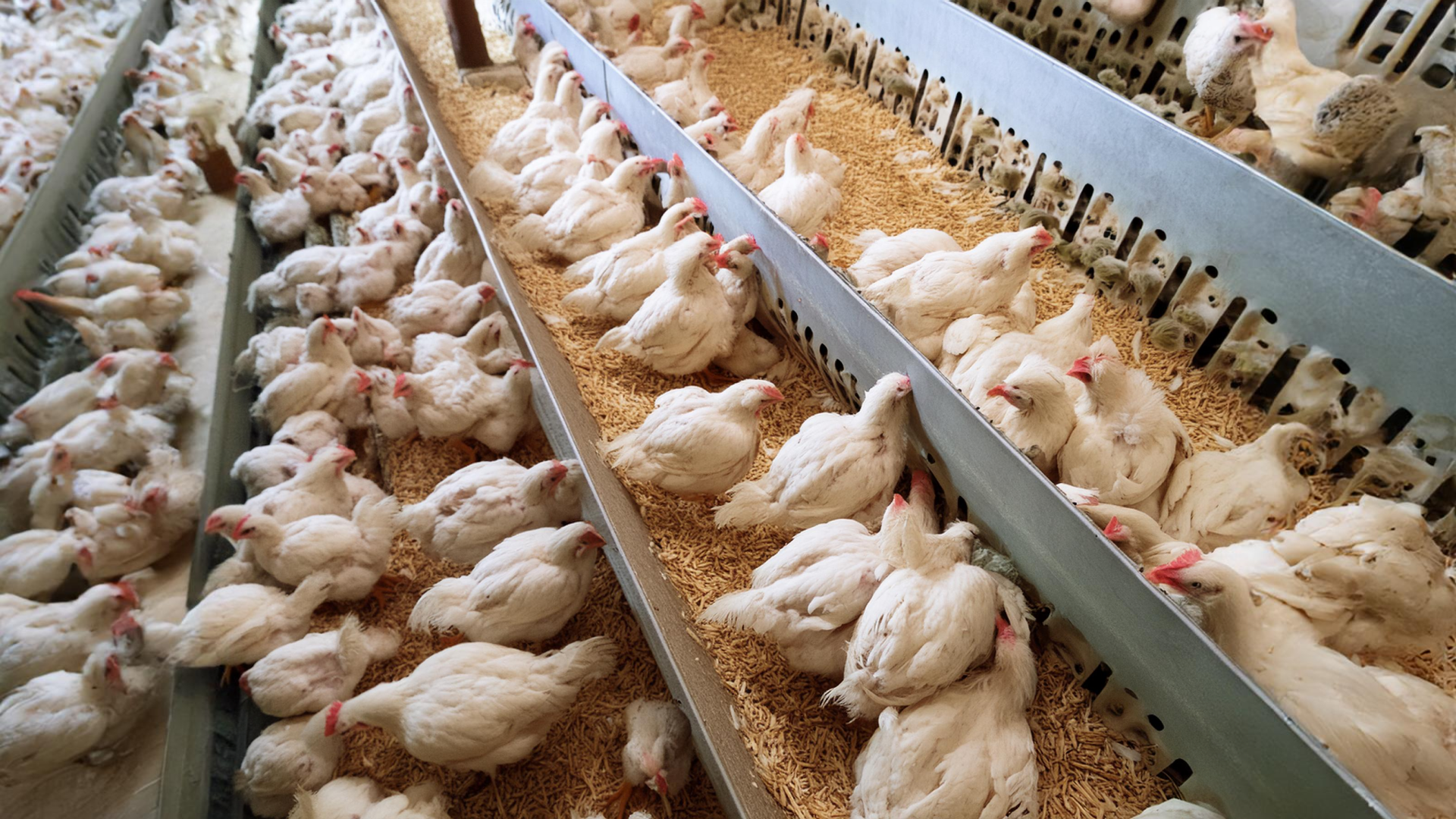The quest for the perfect chicken, one with large breasts for meat production, has long been a focus of poultry breeding. However, this pursuit often clashes with concerns about animal welfare, presenting a complex dilemma for the poultry industry. Fortunately, AI offers promising solutions to address these challenges.
The Origins
Chickens (Gallus gallus domesticus) are believed to have been domesticated from the Red Junglefowl in Southeast Asia and Oceania around 7,000-10,000 years ago. Their rapid distribution was facilitated by their ability to provide meat and eggs without competing for human food sources. Interestingly, the sport of cockfighting played a significant role in their dispersion. The Auracana breed from the Auracania region of Chile adds to the intrigue, with theories about its Pre-Columbian origins from Polynesia, although DNA evidence disputes this.

Chickens in Science
The importance of chickens in scientific research is noteworthy. Charles Darwin extensively borrowed from pigeon and chicken breeders to formulate his “Origin of the Species.” Sir John Sebright, the developer of the Sebright Bantam, was frequently quoted by Darwin in the mid-19th century. Additionally, R.C. Punnett used chicken gene traits to prove Mendelian genetics, leading to the creation of the Punnett Square, a fundamental tool in biology.
The Evolution – and the Revolution
The pursuit of the perfect chicken has evolved over millennia, from its humble beginnings as the Red Junglefowl in Southeast Asia to the modern-day broiler bred for maximum meat production. Until the mid-1900s, chickens were primarily raised in small flocks on family farms, providing a modest source of income. However, their role as a significant economic enterprise was yet to emerge.
The transformation of chicken production began in the 1920s. Cecile Steele, a pivotal figure in poultry history, played a crucial role in commercial poultry production. In 1923, she inadvertently received 500 chicks instead of the intended 50 and decided to raise them for meat. This accidental experiment laid the foundation for industrial chicken farming. By 1926, Steele had built a barn to house ten thousand birds, marking the birth of industrial chicken production. And soon others followed Steele on the path.
With the discoveries of vitamins A and D scientists’ understanding of nutrition improved, leading to reduced mortality rates in industrial chicken farms. Additionally, the widespread adoption of incubators facilitated the growth of hatcheries, enabling the mass production of chicks.

The United States Department of Agriculture (USDA) further propelled the evolution of chickens with the “Chicken of Tomorrow” contest in the 1940s. The goal was to develop a bird with ample breast meat and minimal bone, appealing to consumers’ preferences. Contest winners achieved remarkable results, producing chickens 40% heavier than the standard breed within 86 days.
Today, chickens bred from these pioneering bloodlines reach astonishing weights in record time, thanks to meticulous breeding practices and genetic selection. However, this rapid growth has raised concerns about animal welfare, as broilers often suffer from leg disorders, heart conditions, and decreased mobility. These issues raise ethical concerns about the welfare of the birds and highlight the need for a more balanced approach to breeding.
Enters Artificial Intelligence (AI)
AI offers a powerful tool to address these challenges by analyzing vast amounts of data and identifying optimal breeding strategies that consider both productivity and animal welfare. Machine learning algorithms can process genetic information, health records, and environmental data to predict which breeding combinations will produce healthier, more balanced chickens.
AI can help find the ideal genetics by identifying traits that promote not only growth but also health and resilience. For instance, AI can analyze data to ensure that selected chickens have strong skeletal structures and robust cardiovascular systems, reducing the incidence of welfare-related issues. This holistic approach to breeding can lead to chickens that grow efficiently while maintaining good health and quality of life.
Moreover, AI-driven precision breeding can accelerate the development of chickens that meet consumer demands for both high-quality meat and ethical treatment. By incorporating welfare metrics into breeding programs, AI can help create standards that prioritize the well-being of the animals without sacrificing productivity.

In practice, AI can be integrated into breeding programs through the use of sensors and data collection systems on farms. These technologies monitor the health and behavior of chickens in real time, providing valuable insights into the conditions that affect their welfare. By continuously refining breeding strategies based on this data, AI ensures that each generation of chickens is healthier and more balanced than the last.
In conclusion, the meeting of the perfect chicken and AI represents a significant step forward in the poultry industry. By leveraging AI, breeders can find a sustainable balance between meat production and animal welfare, leading to a future where the ethical treatment of chickens goes hand in hand with agricultural productivity. This technological rendezvous promises to revolutionize poultry breeding, ensuring that the pursuit of the perfect chicken no longer comes at the cost of the birds’ well-being.
Do you want to know more? Check the AGRI-FOOD.AI podcast! Prof. Dr. Marta Alexy helps to see more clearly!
And don’t forget to stick with us week after week! Because at AGRI-FOOD.AI, The Future is Now. Connect with us online fill out the form on our website, and we’ll get back to you ASAP. Send us your questions, share your experiences, and we’ll turn them into podcast with answers and solutions from the world of IT and AI technologies. Catch us on Spotify, Apple podcasts, and YouTube. Subscribe to our channel to be the first to know when a new episode drops.
 2024-06-14
2024-06-14  PODCAST
PODCAST
 share
share

 Our website uses cookies
Our website uses cookies